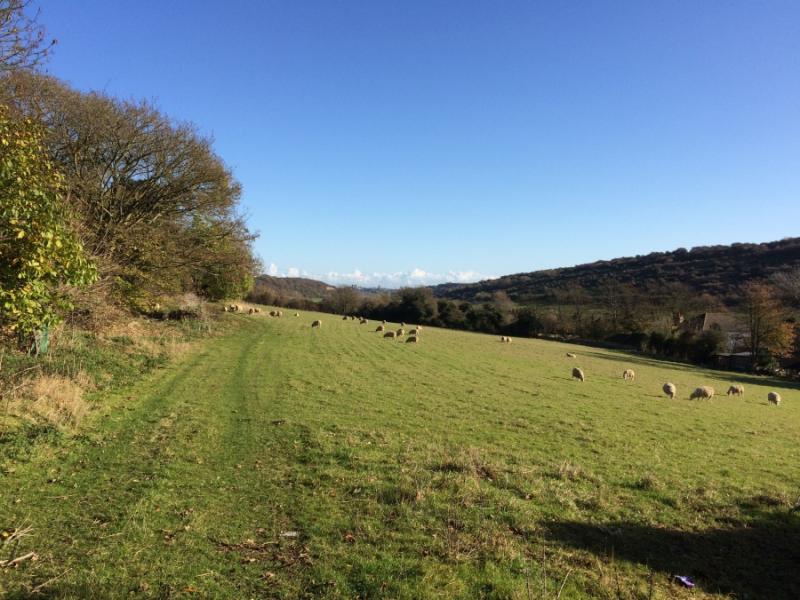
A rural organisation has secured the protection of ancient Kentish landscape which could have been the location for a large housing and leisure development.
The Campaign to Protect Rural England (CPRE) has won a landmark victory at the Supreme Court, which overturned the decision by Dover District Council to grant planning permission for 521 houses and a retirement village in an Area of Outstanding Natural Beauty (AONB) at Farthingloe.
The Supreme Court agreed with CPRE Kent’s arguments that the Planning Committee at Dover District Council did not give legally adequate reasons for granting the application, which they acknowledged would cause significant harm in a protected landscape.
In an earlier judicial review in December 2015, the judgement concluded that the application to build the houses and retirement village complied with national planning policy.
However, CPRE Kent considered that judgement to have been "flawed" and the verdict at the Court of Appeal and now at the Supreme Court vindicates this.
'Powerful message'
Emma Marrington, CPRE Senior Rural Policy Campaigner, said the ruling sends a "powerful message" to councils.
“The Government have committed to ‘maintain national protection for AONBs for the benefit of future generations’,” Ms Marrington explained.
“Earlier intervention by Ministers in this case to enforce the protection they insist planning policy provides for AONBs could have stopped this costly and time consuming battle. Our group of committed local campaigners now have the victory they deserve.”
Farthingloe, within the Kent Downs AONB, is a nationally important protected landscape, whose special characteristics include its dramatic landform, rich habitats, extensive ancient woodland and mixed farmland.
The Kent Downs is a primarily farmed landscape whose character has evolved from centuries of human activity working within the natural and physical characteristics of the land.
'Cannot be justified'
CPRE Kent Director Hilary Newport said the organisation was "absolutely determined" to save the iconic land.
She said: “This level of harm to the AONB cannot be justified and the judges at the Court of Appeal last year, and now at the Supreme Court, agreed with us.
“This case is not just important to the people of Dover but for the principles of planning law; AONBs merit the highest possible level of protection.”
Last month, CPRE published a report "Beauty betrayed: how reckless housing development threatens England’s AONBs", which revealed that there has been an 82% increase in new housing units given planning permission in England’s 34 AONBs in the past five years.
